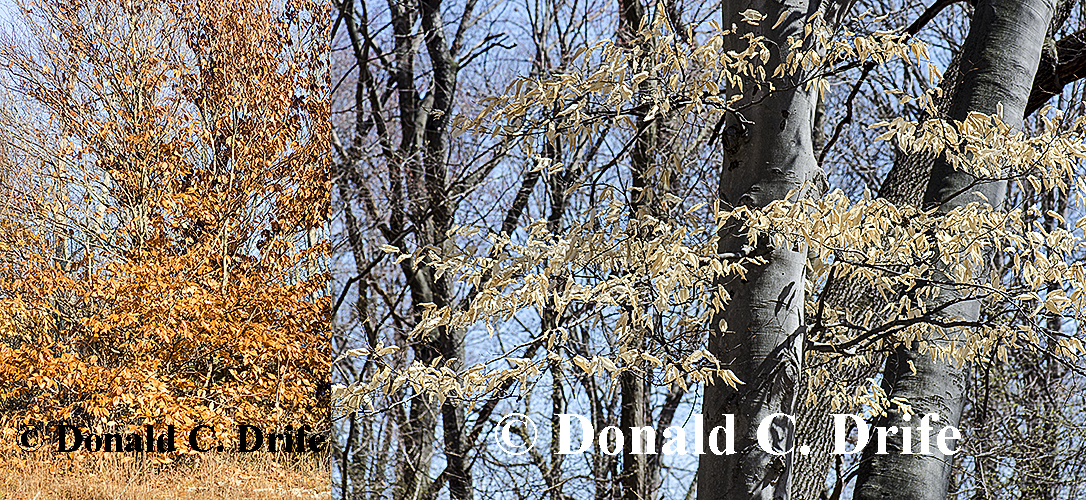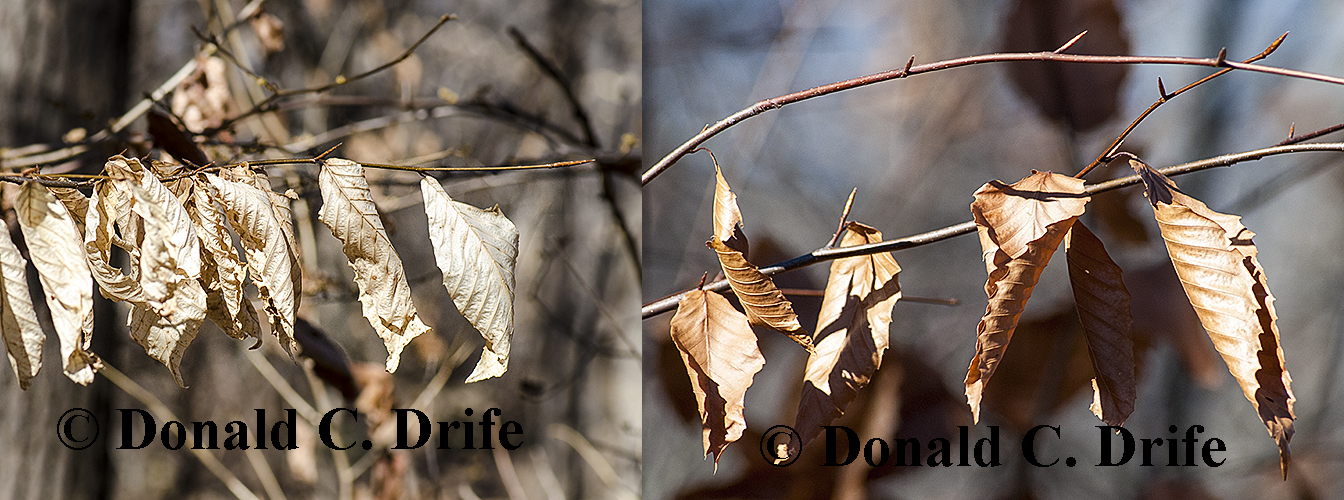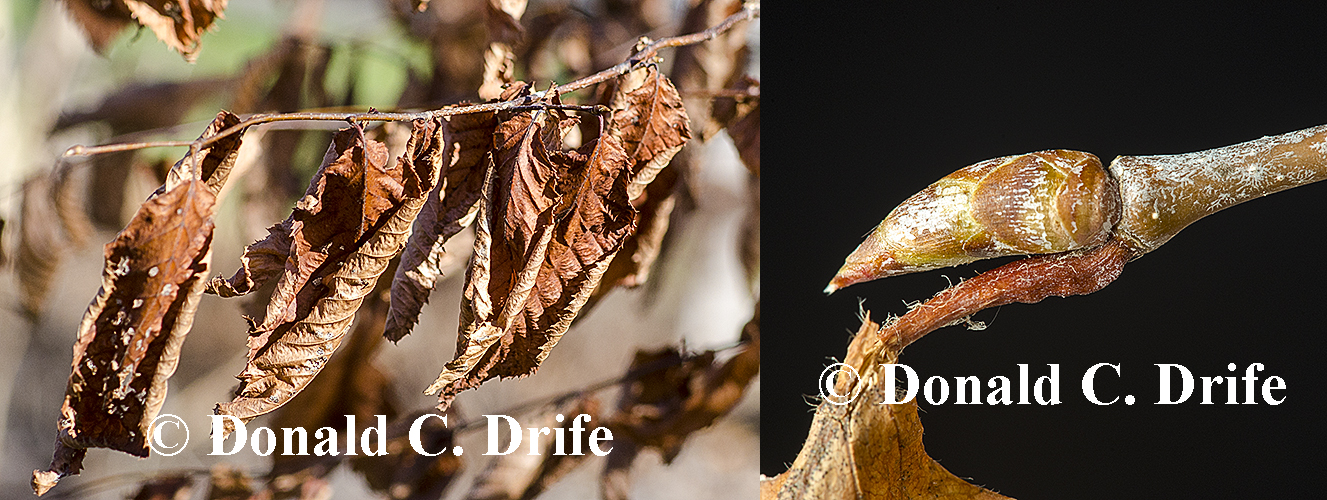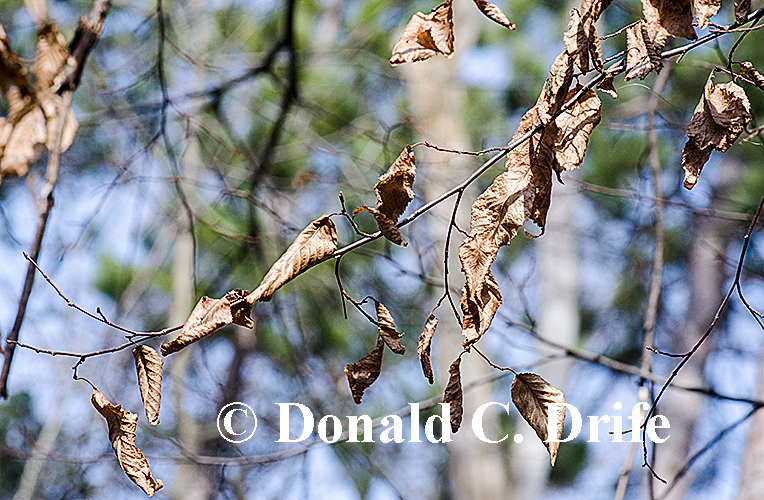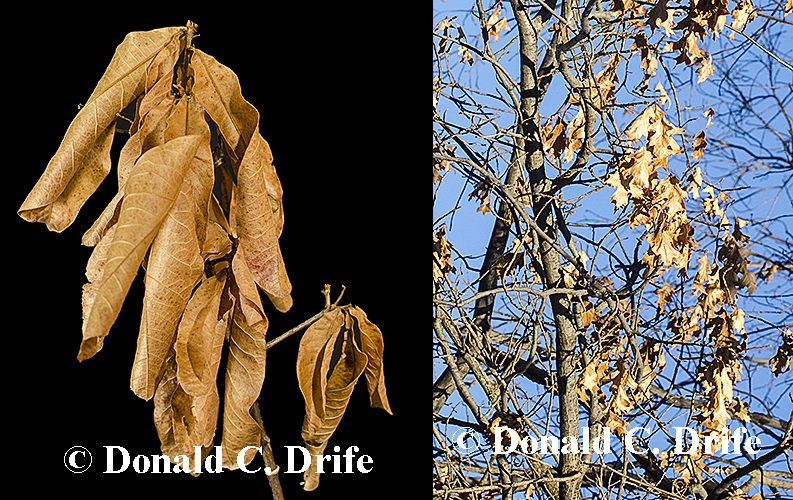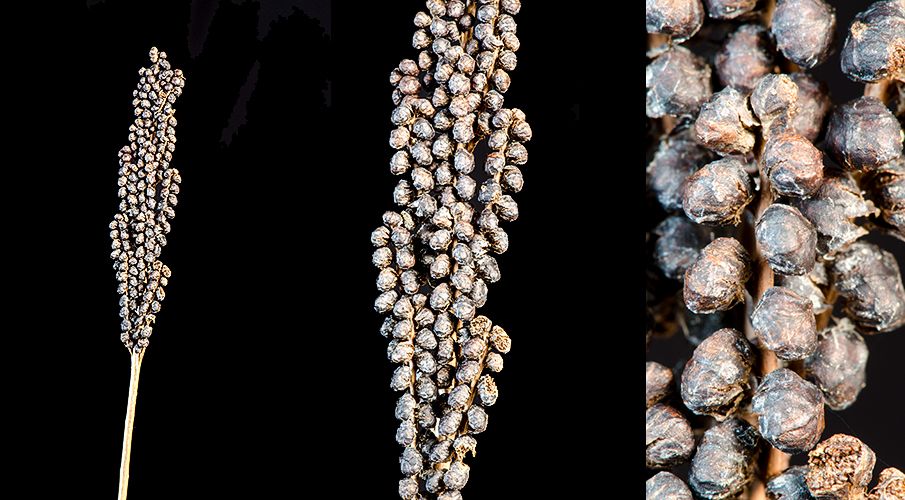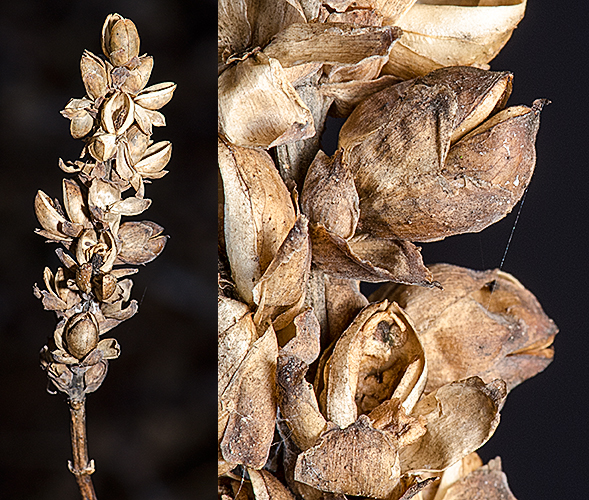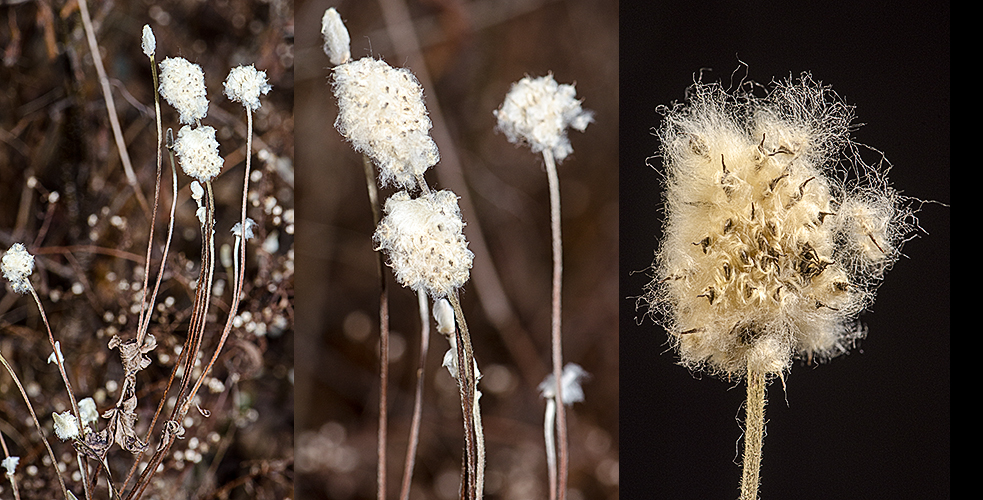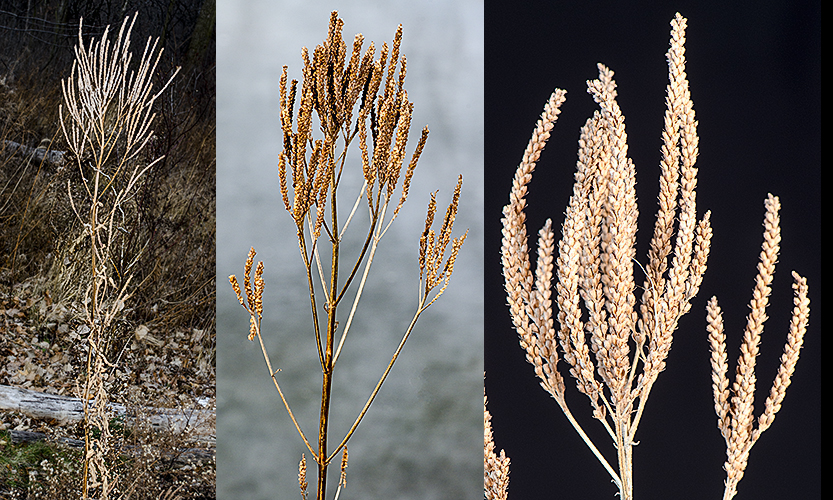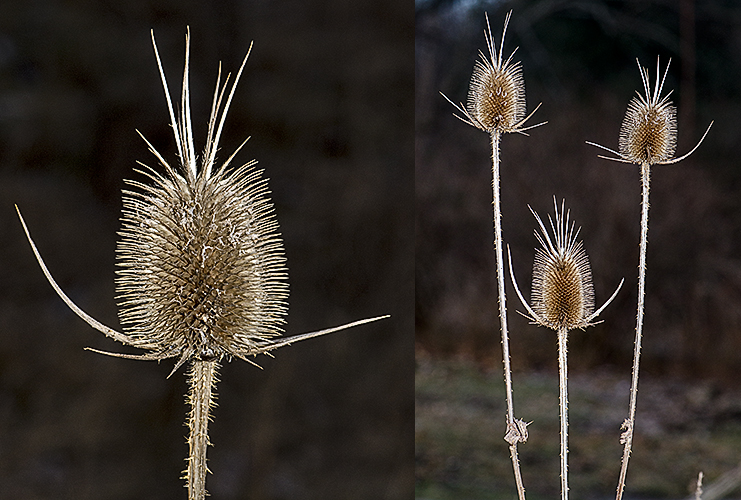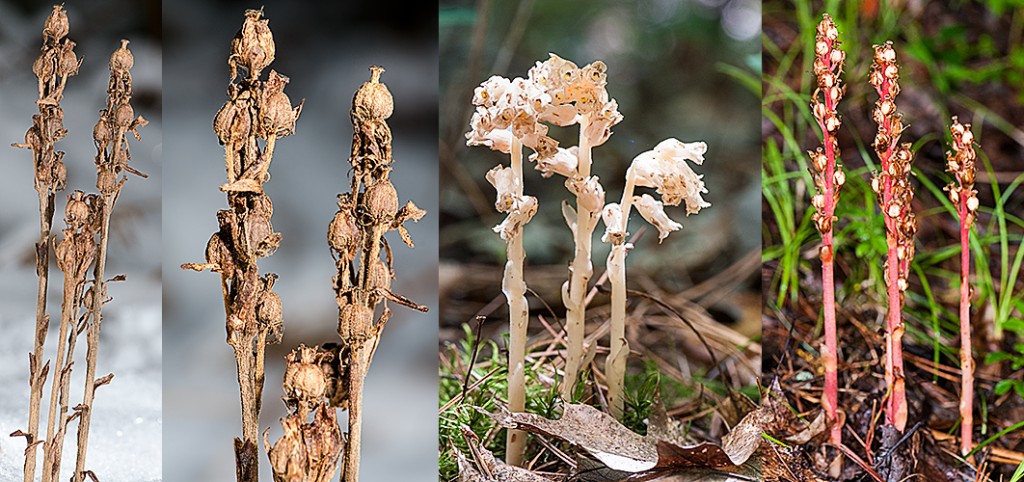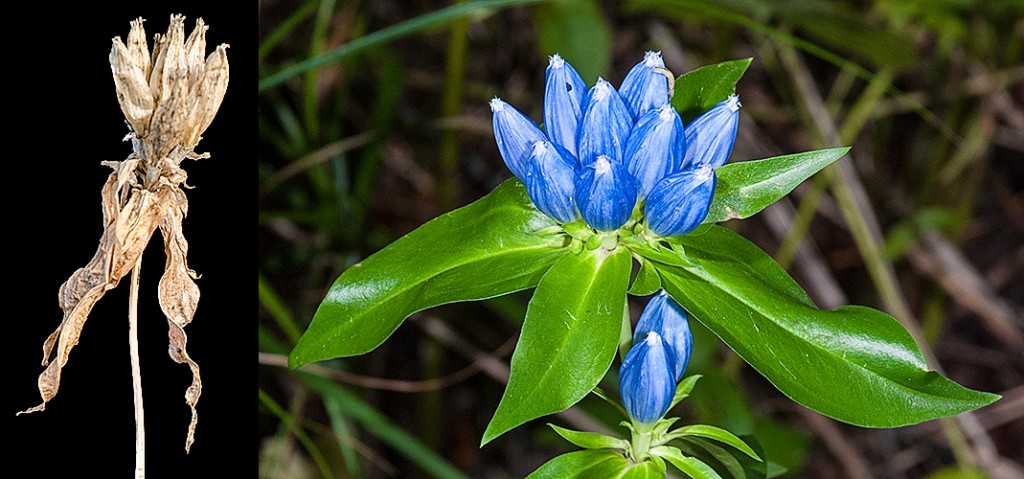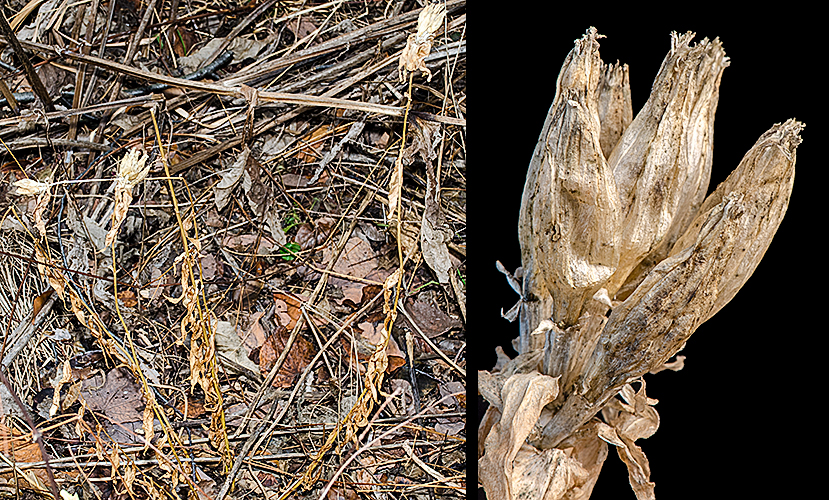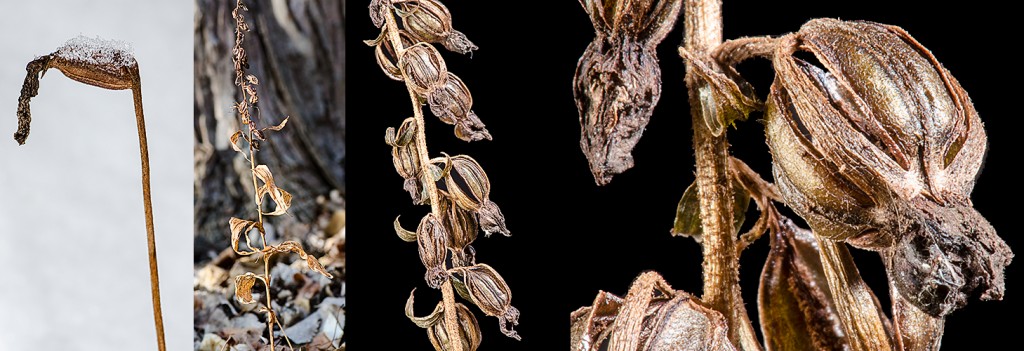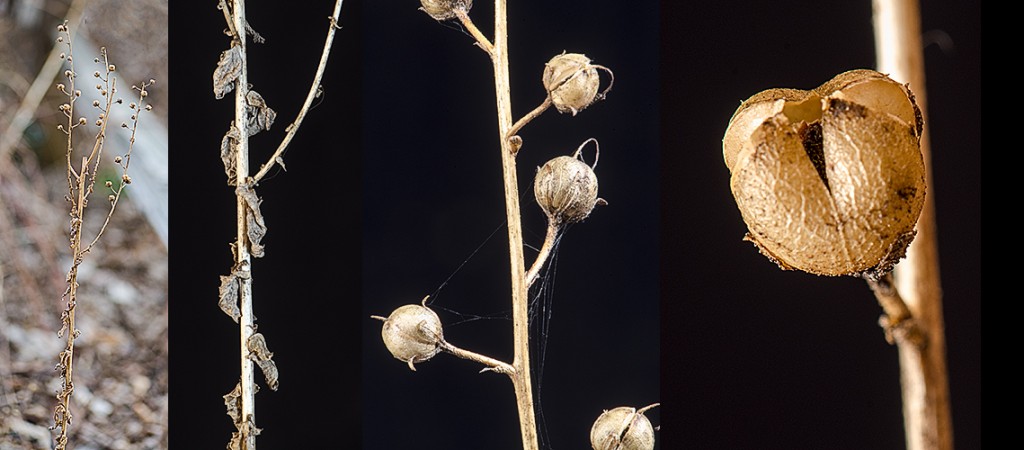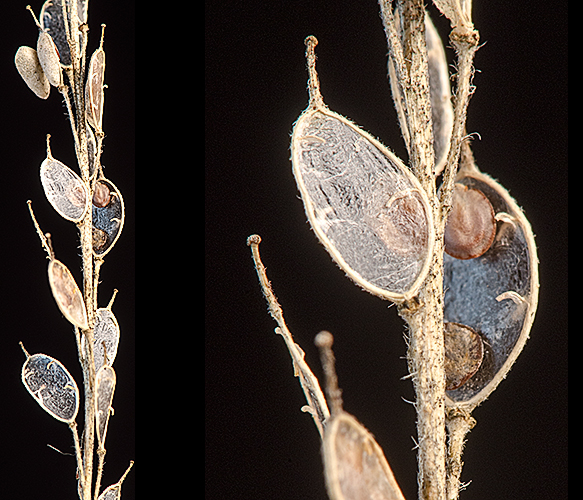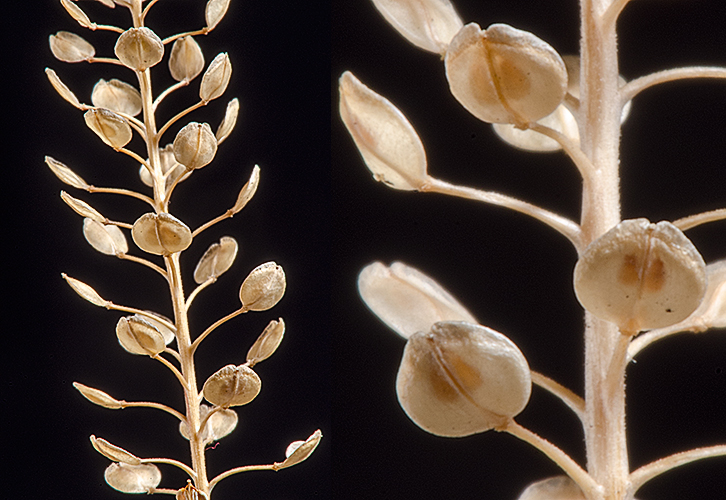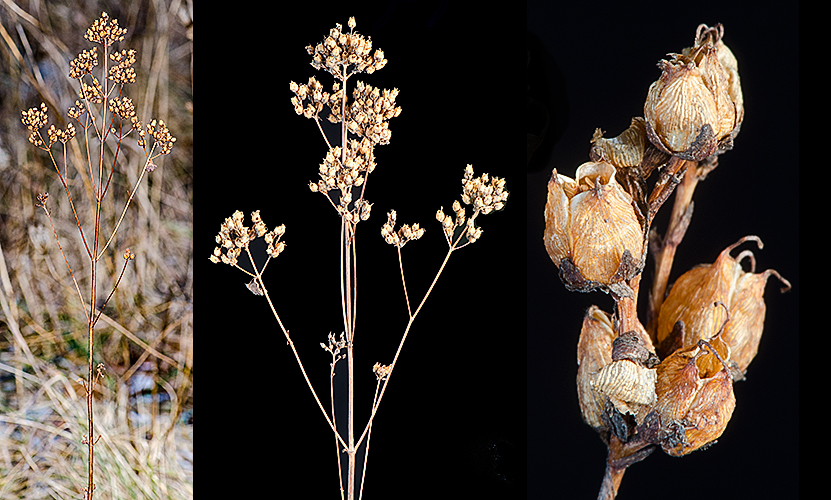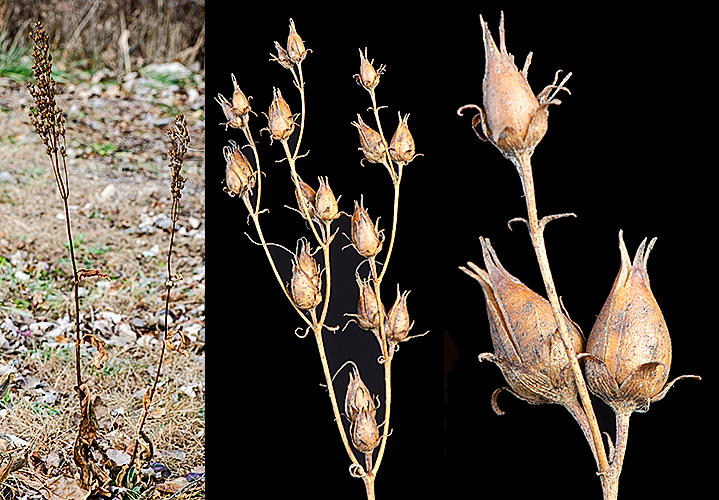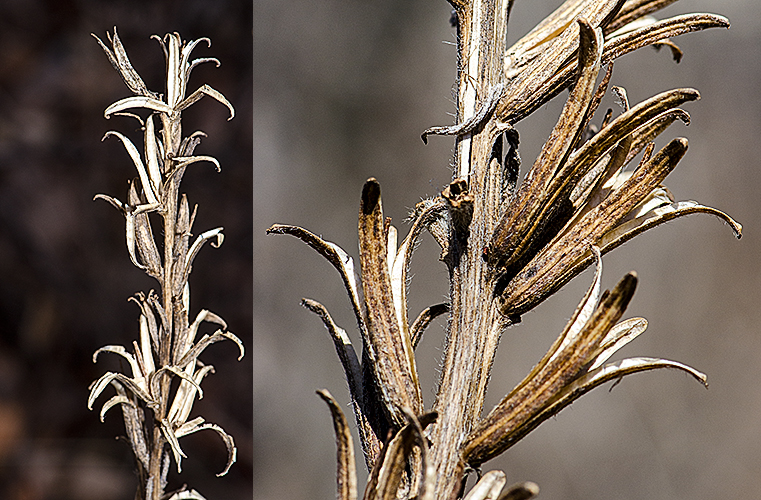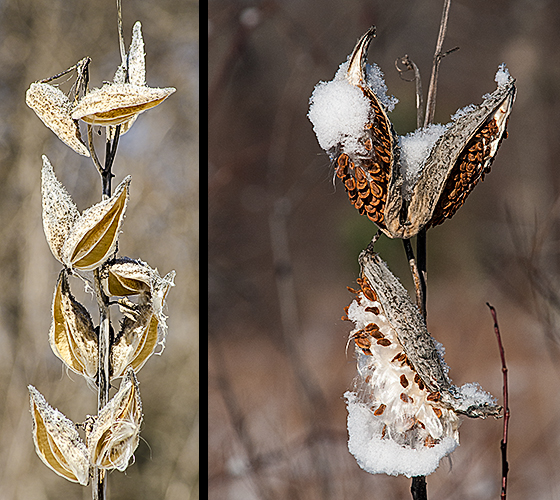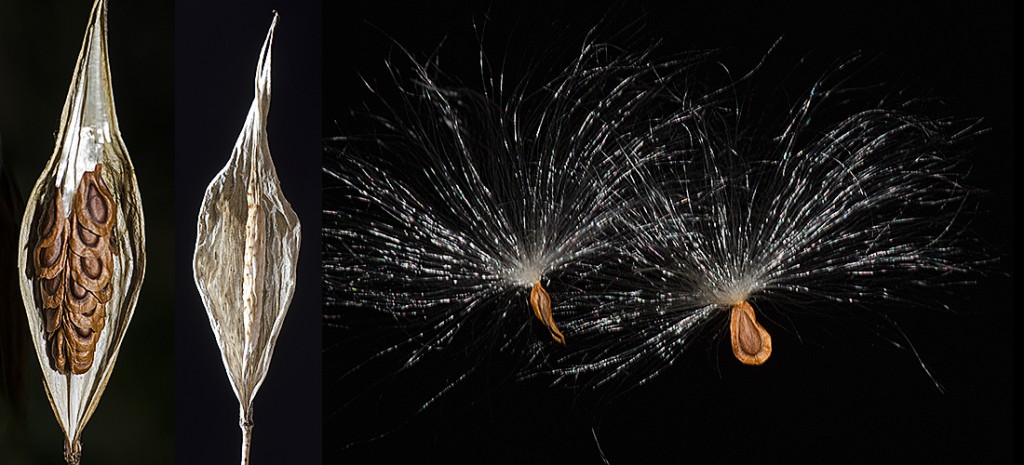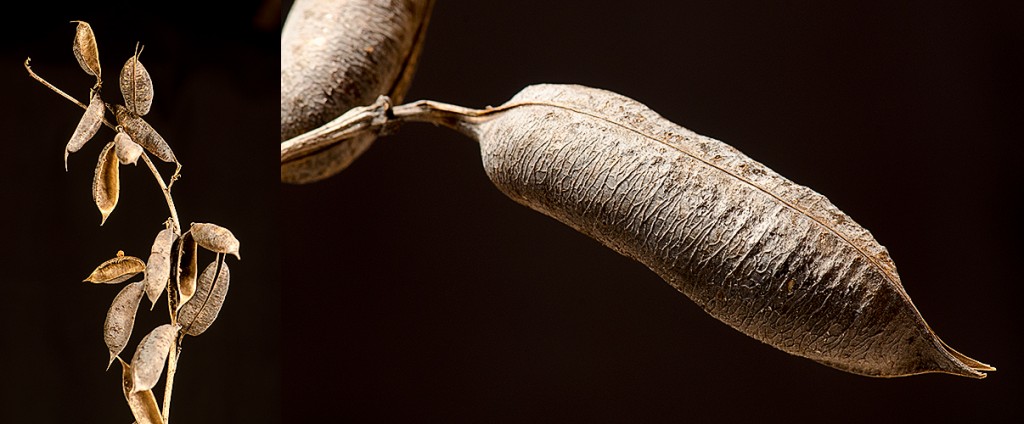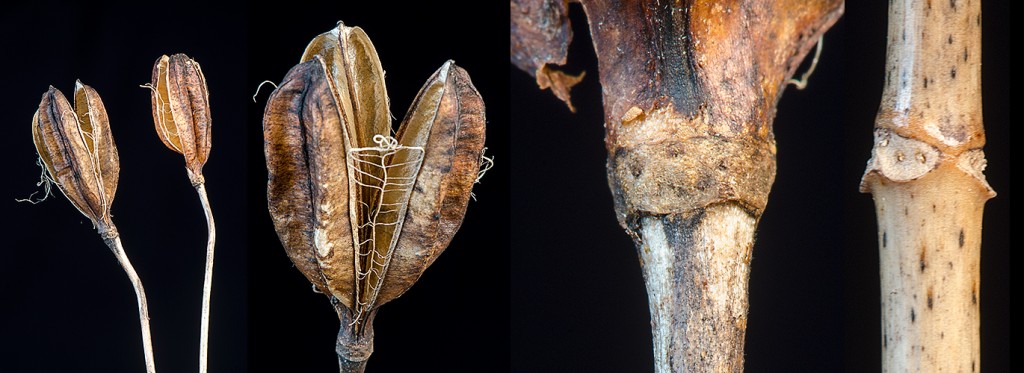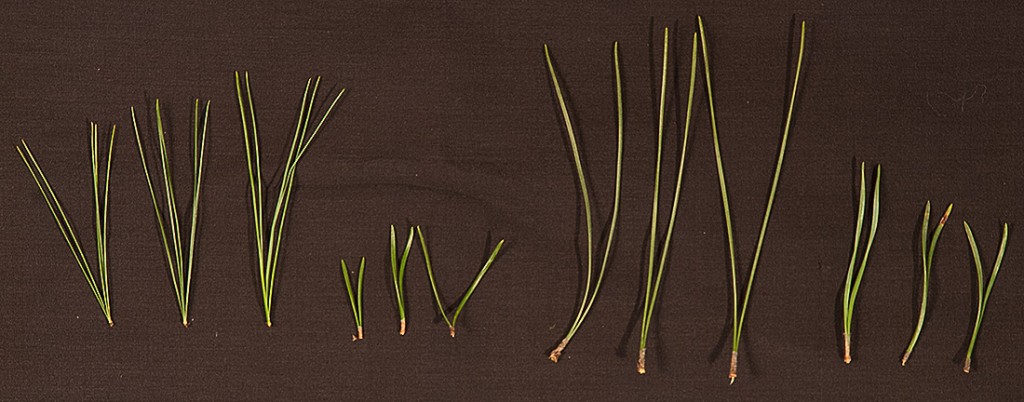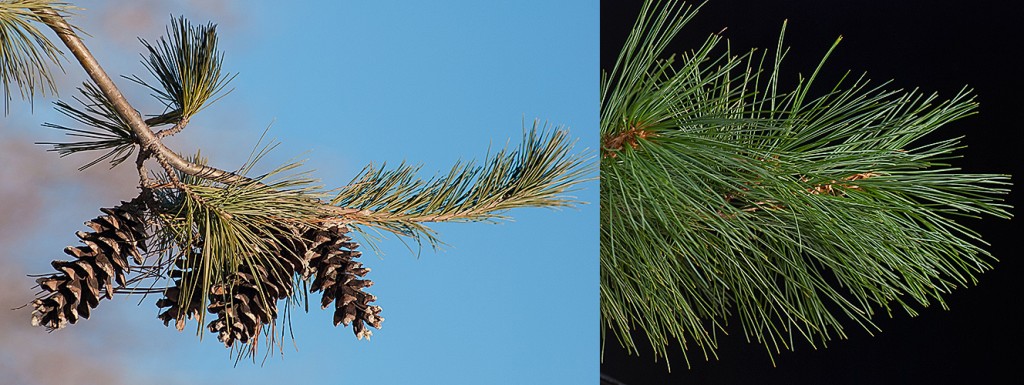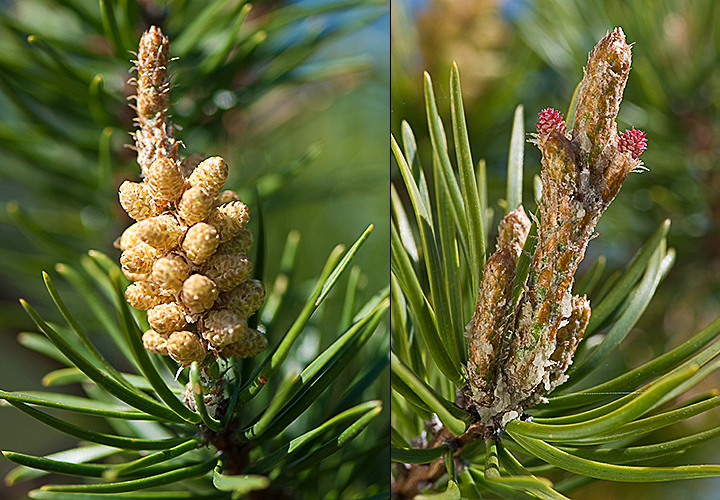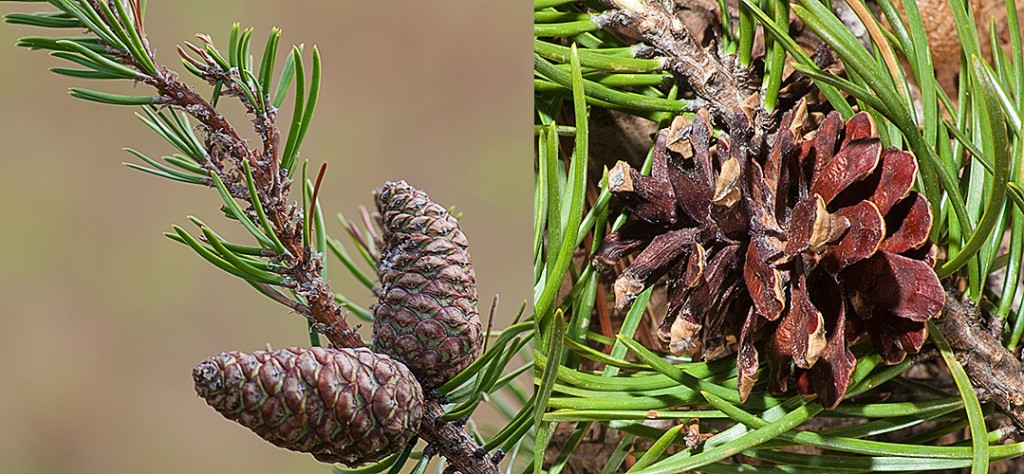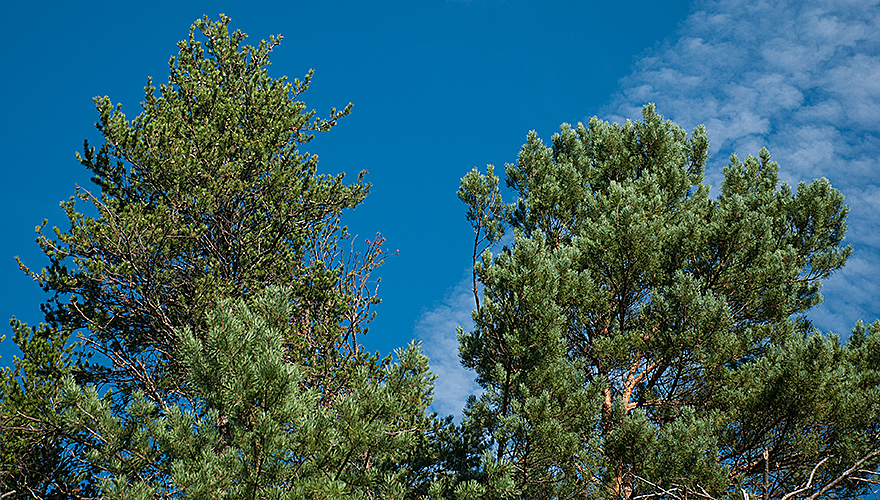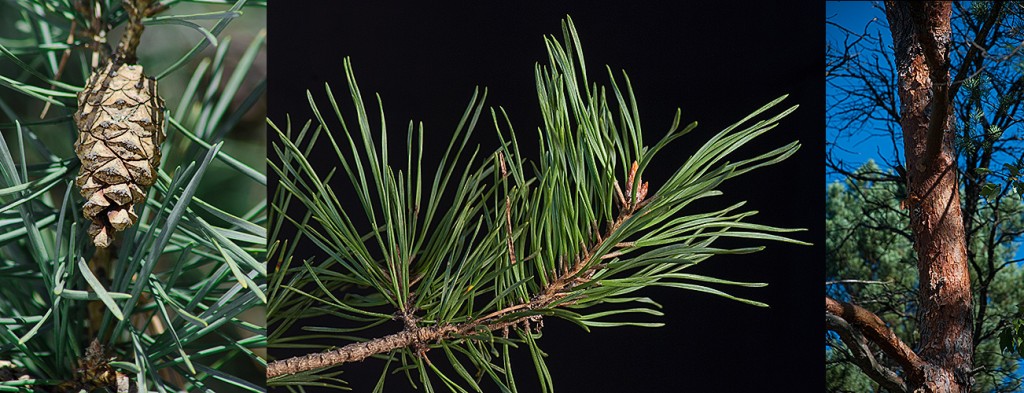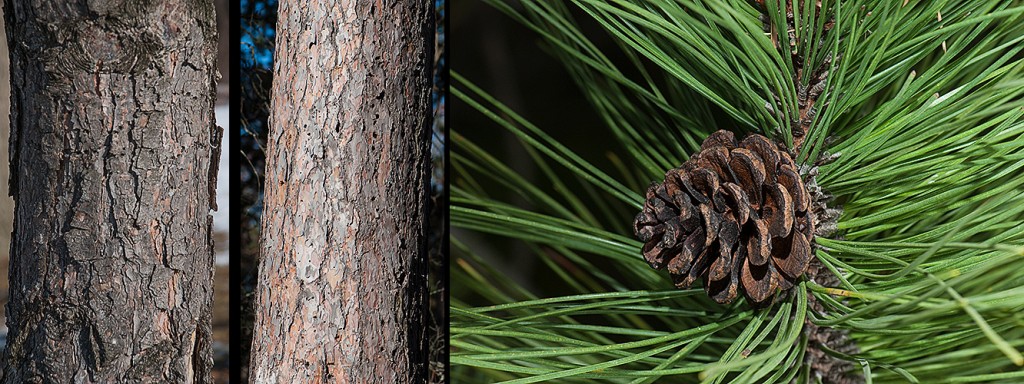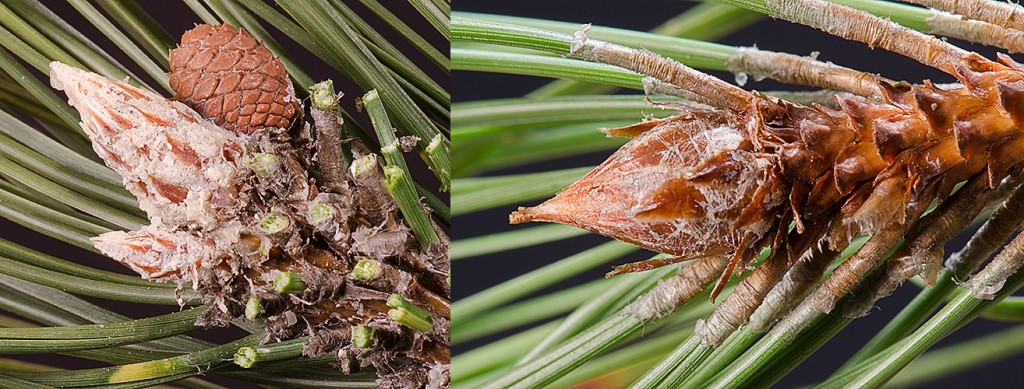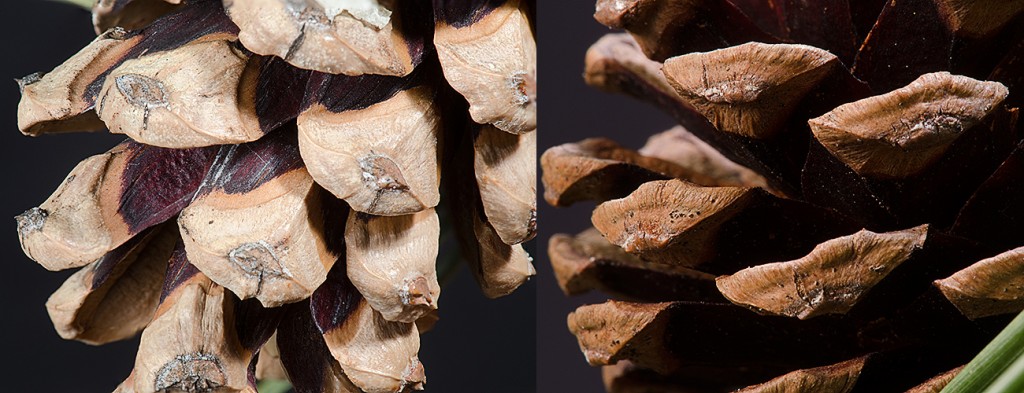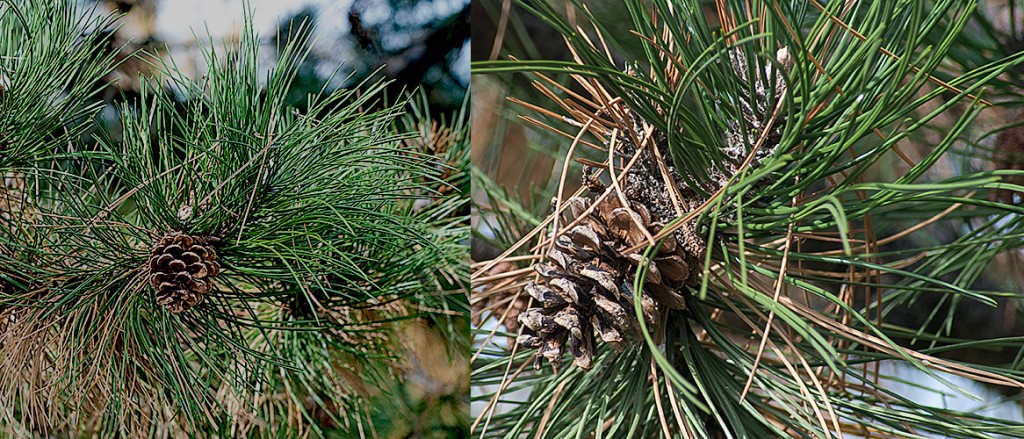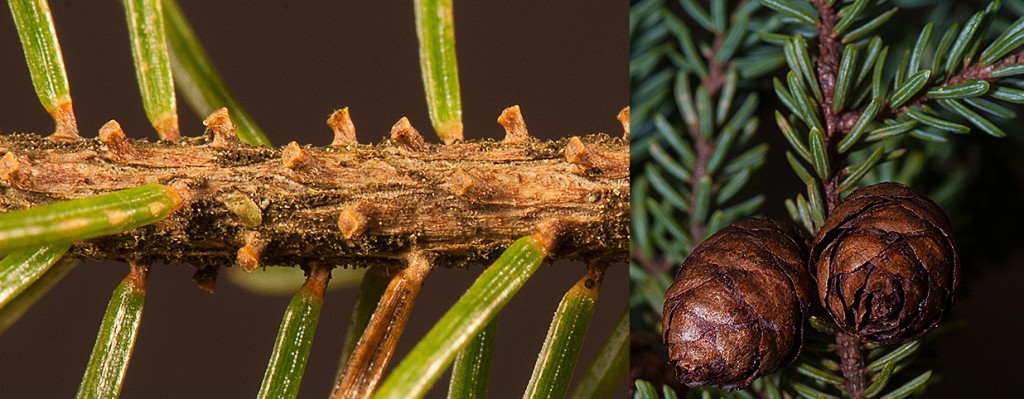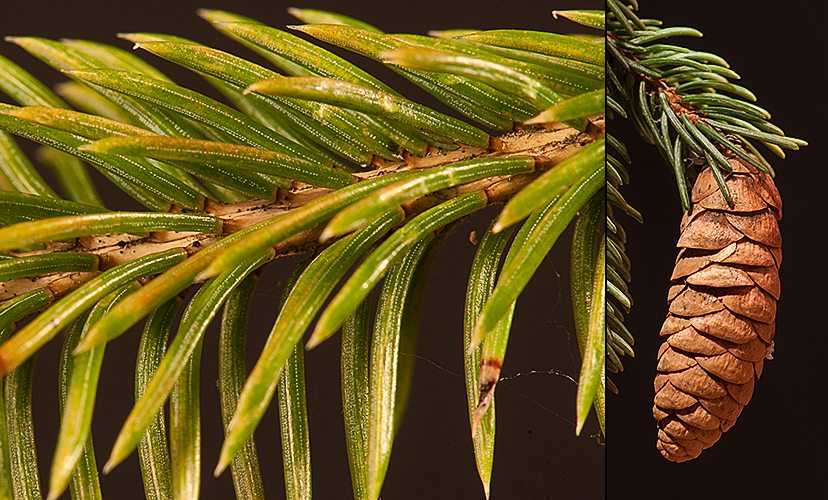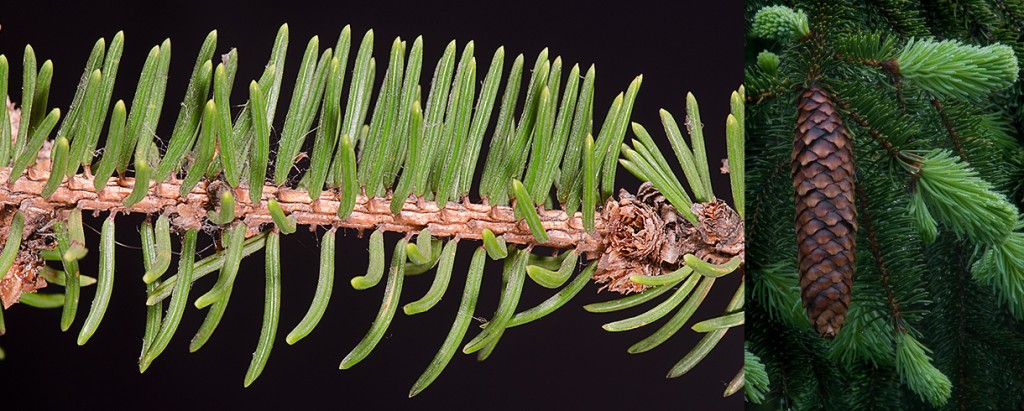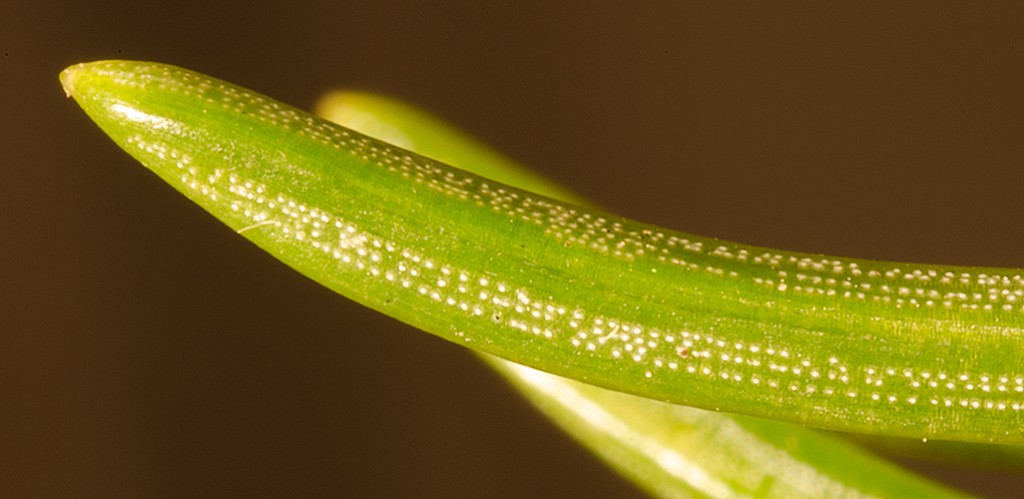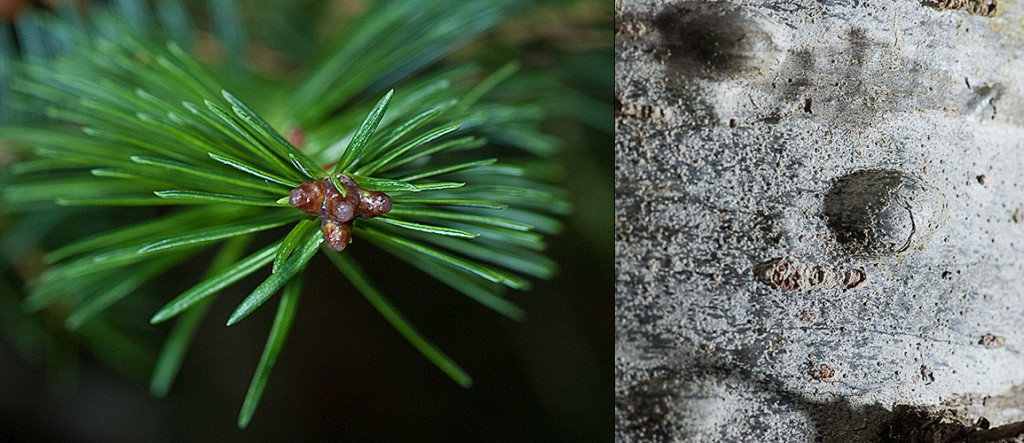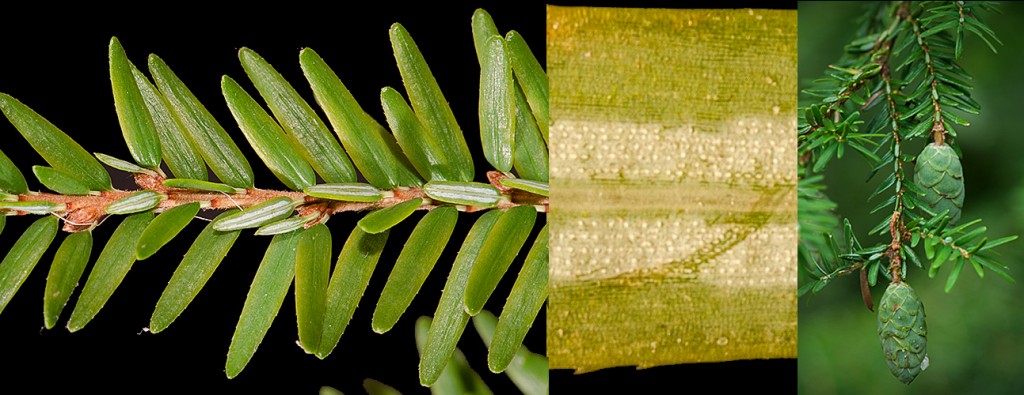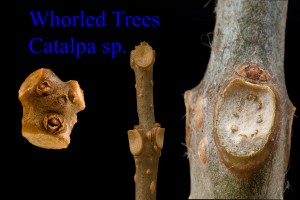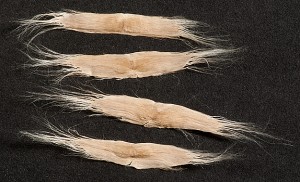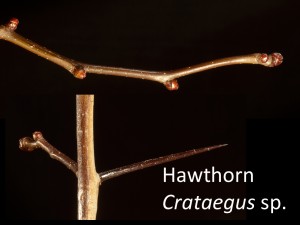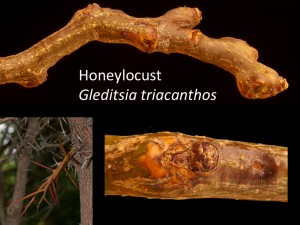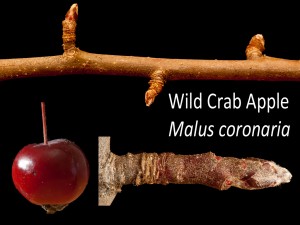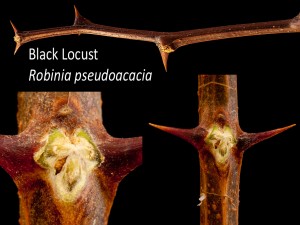A winter walk through a woods in Michigan will reveal deciduous trees holding their dried leaves from last fall. Marcescence is the technical term for plant parts that wither but do not fall off. It can refer to leaves, flowers, or fruit. In deciduous leaves an abscission layer forms at the base of the petiole (leaf stem). In most deciduous leaves the abscission layer hardens on the twig side in the fall, the leaves drop-off, and this layer protects the bud-scar on the twig. In marcescent leaves, the abscission layer does not function until buds break in the spring. Andrew Hipp at The Morton Arboretum explains this in greater detail.
Some species are more marcescent than others. Oaks, Beeches, Hornbeams, and Hop-hornbeams commonly hold their leaves. Younger trees exhibit marcesence more often than mature trees. Stress from drought or disease can cause marcescence in any deciduous species .
The color of the winter leaves is normally distinctive but hard to describe. With a little practice you can learn to identify these trees at a distance. Of course, looking at the shape of the leaf, winter bud, or the bark can confirm your identification.
Marcescent leaves on American Beech (Fagus grandifolia) bleach from tan to a ghostly cream-color during the winter. Looking closely at a twig you will see long buds that confirm the identification.
Hop-hornbeam (Ostrya virginiana) has winter leaves that tend to curl. Once again, with practice the color is distinctive. Blue-beech or Hornbeam (Carpinus caroliniana) is similar to Hop-hornbeam but with lighter brown leaves.
Oaks (Quercus spp.), especially the Black Oak group (subg. Erythrobalanus), tend to hold their leaves. Some years ago, when Dr. Warren Wagner was studying Shingle Oak (Quercus imbricaria) we learned to identify the species when we drove by. Shingle Oak leaves are tan or “potato-brown color.” Other oak species have a darker, reddish-brown color. Shingle Oak is Michigan’s only simple-leaved oak. Its leaves look more like bay leaves than what we in the north think a “typical” oak leaf should resemble.
It is fun to walk through a winter woodlot and identify the leaf-holding species. In Tenhave Woods, in Royal Oak, you can see where the ridges run through the woods by looking at the location of the Beech trees. Hornbeams ring the low swamp forest. Winter often is the best time to get an overview of an area when you can see farther and having the ability to identify some species from a distance is helpful.
Copyright 2017 by Donald Drife
Webpage Michigan Nature Guy
Follow MichiganNatureGuy on Facebook

